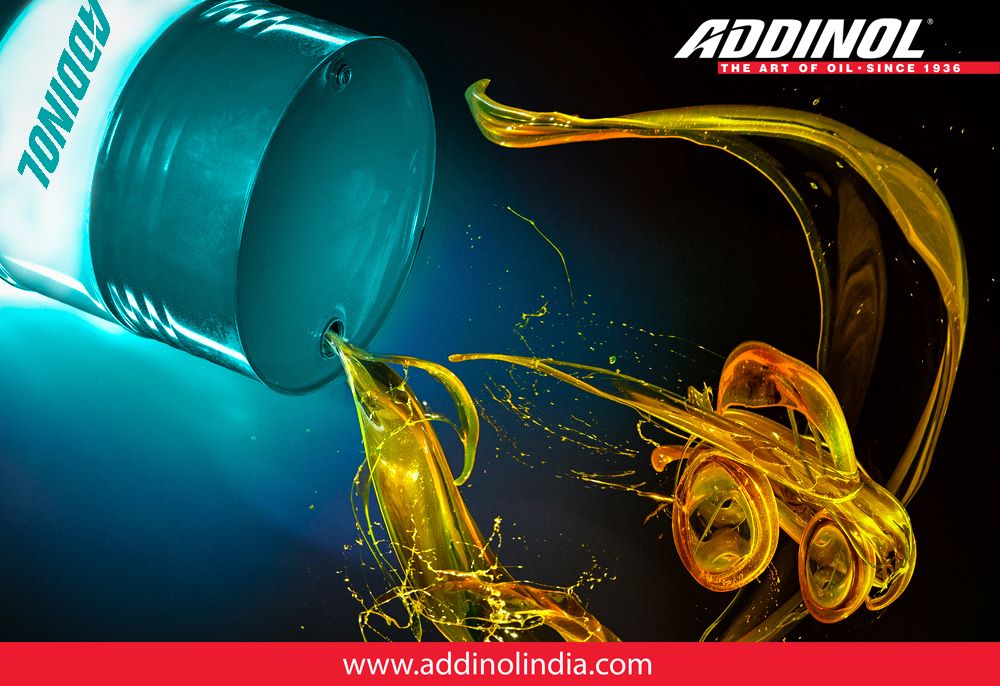The goal of Addinol India, producers of industrial lubricants in India, is to extend the equipment’s life and improve its performance. Despite this, some industries frequently use mixed, chemically depleted lubricants that are contaminated with particle, chemical, and moisture contamination. Poor in-plant storage is frequently to blame for these incidents.
Lubricants, like bearings, gears, and valves, should be thought of as working components in mechanical systems. Just as one would not use the wrong tools to put a dirty or damaged bearing on a piece of machinery, “damaged” lubricants should not be supplied to the machine. Proper in-plant storage and handling is the first step toward proactive maintenance of your lubricants, and eventually your equipment.
Industrial lubricant handling, storage, and dispensing is critical not only for improving productivity and performance, but also for safeguarding plant staff from health hazards and reducing the danger of environmental contamination. An incorrect mislabeling of a lubricant or a product housed in a high-temperature zone can cause chaos in an industrial setting.
1. Lube Room Requirements and Design
A correctly constructed lube room must be effective, safe, and scalable, as well as meet all of the facility’s storage and handling needs. Lube room layouts should maximize storage capacity while avoiding excessive bulk oil and grease storage. Limiting the amount of bulk oil and grease storage allows the oils to be used as quickly as possible.
2. Oil Storage in Bulk
Bulk storage is the first element of a lubricant storage and handling system that demands attention. It is critical to guarantee that the lubricants’ quality is not affected by contamination or additive settling, whether they are stored in a 10,000-gallon tank or 55-gallon drums. To ensure that lubricants stay in top shape, decide how much lubricant should be stocked at any one moment.
3. Receiving of New Oil
Improper reception practices frequently increase the danger of contamination, lubricant mixing, and other problems. To ensure the highest level of consistency and cleanliness, proper written receiving processes should be in place.
4. Quality Assurance
Quality control of lubricants delivered by lube suppliers must be validated to ensure that the correct product is delivered and that the cleanliness of the delivered lubricant meets current particle and moisture cleanliness targets.
Oil analysis is a valuable technique for ensuring your lubricants are achieving their criteria, and it will disclose the following:
- The standard of the base stocks
- Concentration and quality of additives
- Performance characteristics of lubricants
- Performance characteristics of thickeners (grease)
5. The presence of contaminated or mixed lubricants
The results of oil analysis, as well as other quality assurance factors like damaged containers, rusted containers, and any other quality concern, should be thoroughly documented and catalogued.
During the documentation phase, keep the following in mind:
- Dates of delivery and oil sample collection
- Storage container inspection findings
- Labels with the results of an oil analysis test on them.
- Checklist of items for the sampling test
- Decontamination via filtration on a regular basis
Best practice to store lubricants
Grease Gun Storage and Proper Top-Up Container with Labelling
Another vital measure to ensure contaminants are not introduced to the lubricants as a result of poor housekeeping is to store top-up containers, grease guns, rags, and other items. For simple access and organizing, these tools should have their own specialized fire-proof storage cabinets.
Know your oils are still good oils
Consult the lubricant specialists from Addinol India to ensure that the lubricant is still within specification!


